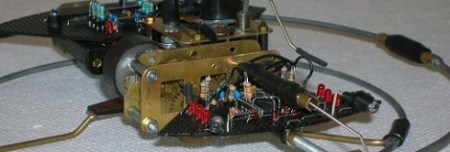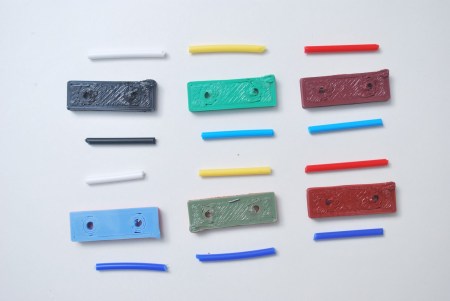
[Chris Suprock] is interested in using technology to improve your accuracy with a firearm. To that end, he’s using an Accelerometer mounted to a gun to gather feedback about each shot.
The hardware setup is pretty simple. We don’t have specific details, but it looks like he’s using a QFN accelerometer chip like you would find in a cellphone. The milled aluminum mounting bracket that holds the board has ‘USB’ printed on it, although the connector is something we don’t really recognize.
In the video after the break [Chris] demonstrates the feedback he can get when the device is mounted on the stock of a Ruger Mini-14. The graph of the data makes it obvious when the trigger was pulled. The most useful part may be the period leading up to that event, as it shows any unnecessary movement prior to the shot. If you’re into sport shooting, this may be one more tool that will help give you the edge on your competitors.
Continue reading “Accelerometer May Help Make You A Sharpshooter”

















